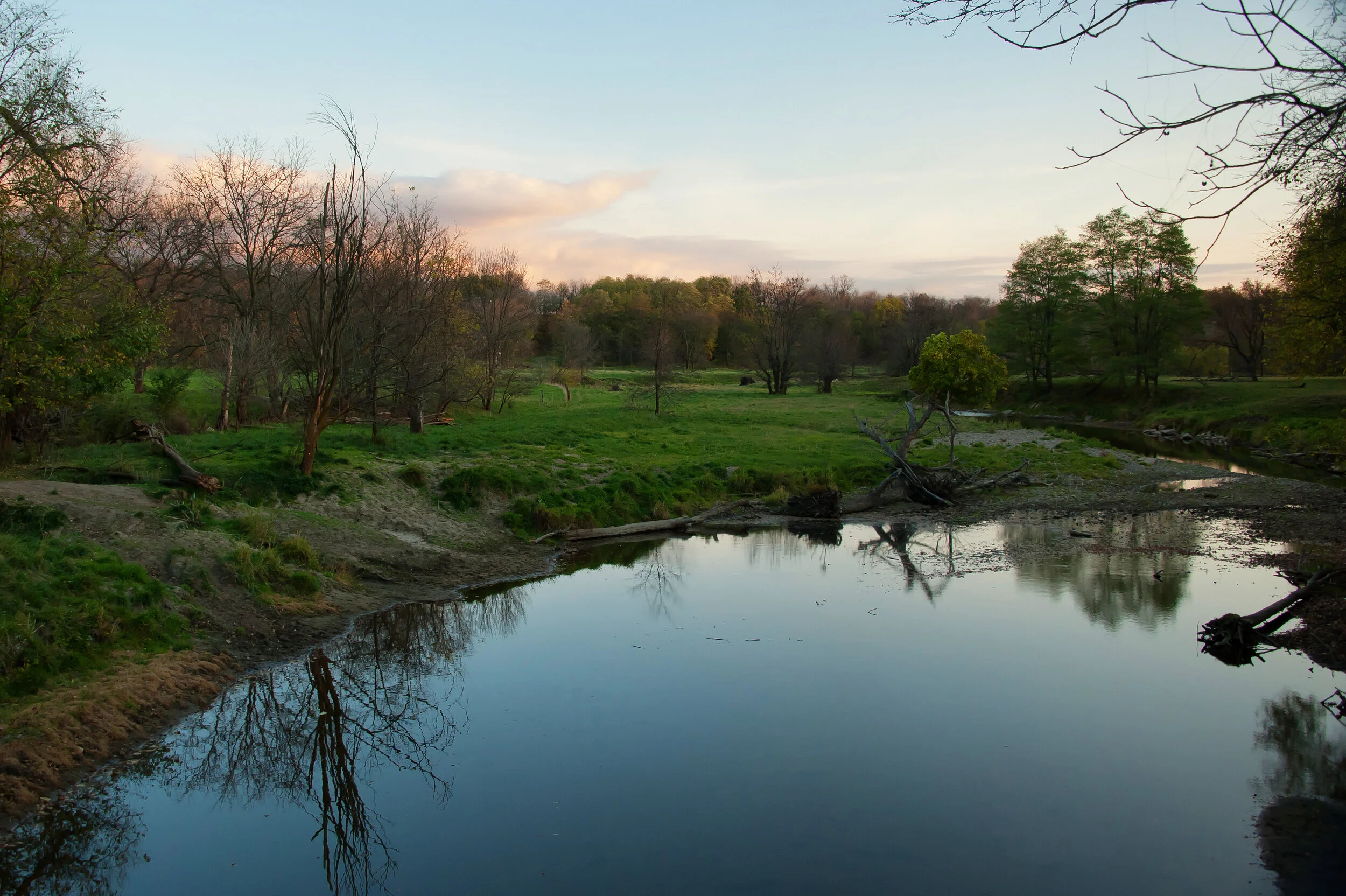Looks like the summer will be wet and warm—good news for my nominee for the most fearsome of Wisconsin's animals. No, not our two rattlesnakes… no, not ticks as loathsome as they are… no, not our most dangerous mammals, the Holstein or Jersey bulls. Ladies and gentlemen, meet, if you dare, North America's largest mosquito, the gallinipper.
The name comes from old blues songs of the South where this beast is more common. In my research (at least 15 minutes of Google) there's some debate as to whether the bug inspired the songs or elements of the songs became the bug's name.
Well, big deal, you who have not experienced the gallinipper are thinking, how big could a mosquito get? Depending on what you read, the gallinipper is 10-20 times the size of your run of the mill mosquito. Every person I know who has seen a gallinipper up close and personal has not recognized it as a mosquito. It's just too big. Most think it's perhaps a large crane fly, until the gallinipper begins to feed.
Size comparison between gallinipper (left) and a more common summer mosquito. Photo by Larry Works
Perhaps the following might help for bird watchers—imagine a bald eagle the size of a California Condor. Now imagine the eagle bigger.
The gallinipper feeds on mammals and is especially fond of ungulates. I'm guessing that accounts for its size and biting equipment. All of us have experienced the welt of a common mosquito bite. I remember swatting a gallinipper in mid-bite. I blanched at the amount of blood, my blood, that spattered forth. For the next two days, I had a bruise the size of a nickel.
Photo by Carl Wycoff
If you're interested, I can tell you right where to find one or, more accurately, where one will find you. Pick one of the following streams (yes, back to streams) in this area—Kittlseon, Gordon, Bear or Willow (the latter two in Sauk and Richland Counties. Find a DNR easement with the stream flowing through a pasture. Make sure the pasture is wet with large puddle, old oxbows, small wetlands. You are knocking on the front door of Mr. Gallinipper's home. Walk toward the stream, perhaps in short sleeves to present an easier meal. You won't wait long.
This warm, wet summer many pastures will furnish all that the gallinipper could ever want.
Of course, you can Google “gallinipper” and view the photos from the safety of your home. I think you'll be impressed. While fearsome to us, the gallinipper has a useful side. In its larval form, its favorite meals are the larvae of other mosquitos so much so that some researchers thought the gallinipper could be a biological control for disease-bearing mosquitos. That was a convincing argument, until other researchers pointed out that the neighborhoods would be left with clouds of gallinippers.
Public domain image by Alejandro Santillana, provided by Insects Unlocked FCC
Those who might be still reading can certainly wonder: and what does all this have to do with advocacy. I have spent over 35 years on southern Wisconsin streams during the summer. Until three years ago, I had never encountered or heard or a gallinipper (and believe me, you remember the encounters). Friends and I run into them all the time now, especially in late summer. I don't think they are new to Wisconsin but I'm betting they are much more common. I speculate that our changed climate is the reason. The bugs need hot, muggy weather, and water standing in those pastures where their prime prey lives. The changed climate reliably produces that weather and those conditions.
I sometimes daydream that gallinippers could help persuade skeptical policymakers about the reality of climate change. Instead of presenting a speech of fact, figures, slides, videos, etc. at a meeting of such folks, I'd simply release a flock of gallinippers. At least that would get the folks' attention.
Desperate times require desperate measures.
Take care, stay safe, and beware the Gallinipper.
Written by Topf Wells, Madison Audubon board member and advocacy committee chair






